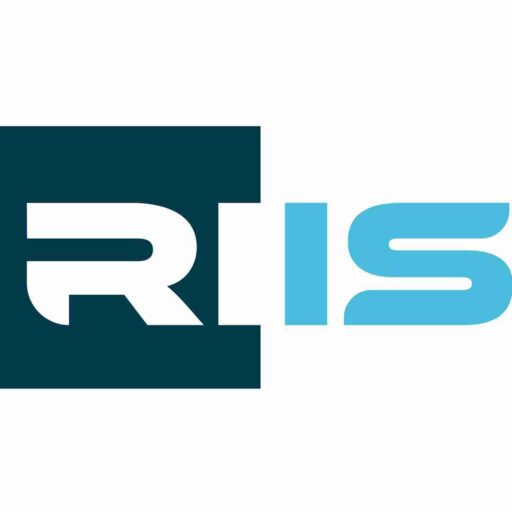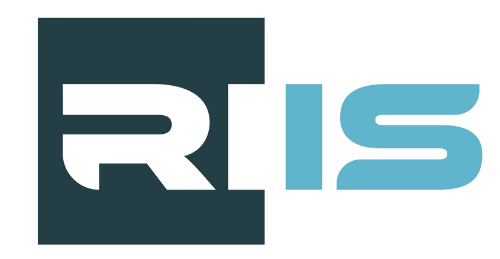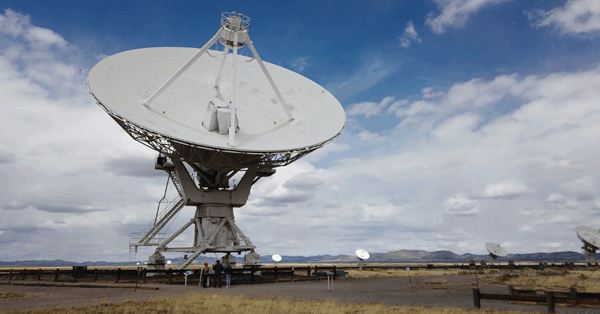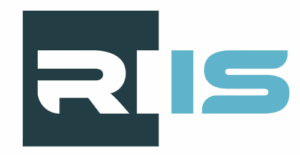CLIENT: Mandela Mining Precinct; Successful Application of Technology Centred Around People (SATCAP)
CONSULTING PARTNER: RIIS
The challenge
South African mining companies face increasing expectations to modernise while addressing the environmental, social, and governance (ESG) impacts of technological change. With mining operations transitioning toward digitalisation and automation, mines must measure and manage the effects on local communities, the workforce, and business performance. The client, MMP through the Successful Application of Technology Centred Around People (SATCAP), required a decision-support system to evaluate these multidimensional impacts in real-time.
The focus areas of SATCAP are:
- Human-Technology Interaction: How do people respond to and engage with modern technologies?
- Jobs: How does modernisation affect employment prospects?
- Skills: What skills will be needed by the mining workforce of the future and how can these be developed in employees?
- People-Centric Modernisation: How can modernisation efforts be more closely aligned to the needs of the people impacted by modernisation?
Approach
RIIS was commissioned through the SATCAP programme to conceptualise, design, and test a comprehensive ESG impact dashboard that integrates socio-economic, automation, and organisational change metrics. Using a co-creative, design thinking approach, the project team applied the Stanford methodology to:
- Conduct stakeholder consultations across mines, communities, and technology developers.
- Identify 81 key performance indicators across “Social” theme of the ESG principle.
- Build a prototype dashboard in Power BI.
- Pilot tools in a zinc mining community using structured digital surveys.
The solution
RIIS delivered the ESG Impacts Lens Dashboard, comprising three integrated modules:
- Socio-Economic Transformation Dashboard – Measures community needs, training participation, and local enterprise activity.
- Automation Impact Dashboard – Tracks digital skills development, employment trends, and health/safety outcomes of automation.
- Change Management Dashboard – Evaluates organisational readiness, leadership support, and employee adoption of technology.
The dashboard integrates digital survey data via Firebase and Excel back-ends, with interactive summaries by cost, safety, people, and production impact. It includes 19 sub-dashboards and user-friendly visuals for business leaders, community liaisons, and change managers.
The results
- Successful pilot in a zinc mine enabled collection of real-time, community-informed impact data.
- Over 100 survey responses gathered from community members, SMMEs, and mine workers.
- Customised recommendations derived for change management, training, and stakeholder engagement.
- User guideline, training videos, and technical documentation developed to support adoption.
The impact
The ESG Impacts Lens Dashboard equips mines with the tools to assess, visualise, and respond to the human impacts of digital transformation. It has been presented at major forums including Mining Indaba and SAIMM Conferences, receiving positive feedback for its relevance and practical utility. It also lays the groundwork for future ESG-aligned reporting and accountability.
Conclusion
The ESG Impact Lens Dashboard enables mine organisations to measure themselves against themselves. The tools provide a mechanism to begin collecting baseline data across a wide range of key indicators relating to the socio-economic transformation, the impact of automation, and the effectiveness of change management practices. The insights generated from this data can then inform future strategic decisions to better utilise the available resources.
Digital transformation is enabled by:
- Strong leadership: holistic support for continuous improvement, a culture that values doing things better, clear strategic pathway and people-centricity, and alignment with the organisations overall needs.
- Skills development and feedback: enhancing awareness of the skills gaps needed to adopt new technology and creating the environment to fill this gap with continuous support and feedback.
- Have a modernisation journey: ensure a vision and ensure alignment across people, process, and technology.
In an environment where resources are finite, it becomes imperative that we not only do more with what we have at our disposal. But become better at doing what we do – this is the key to sustaining the longevity of the industry.
The Mandela Mining Precinct is a public-private collaboration between the Department of Science, Technology and Innovation (DTSI) and the Minerals Council South Africa. It is an initiative aimed at revitalising mining research, development and innovation in South Africa to ensure the sustainability of the industry.
